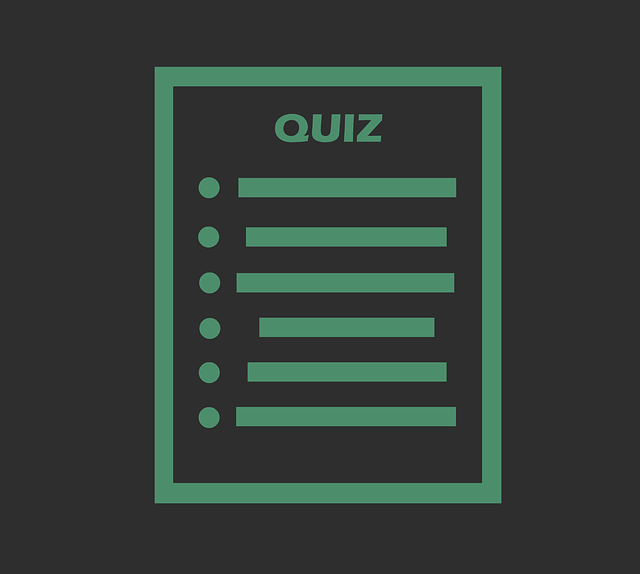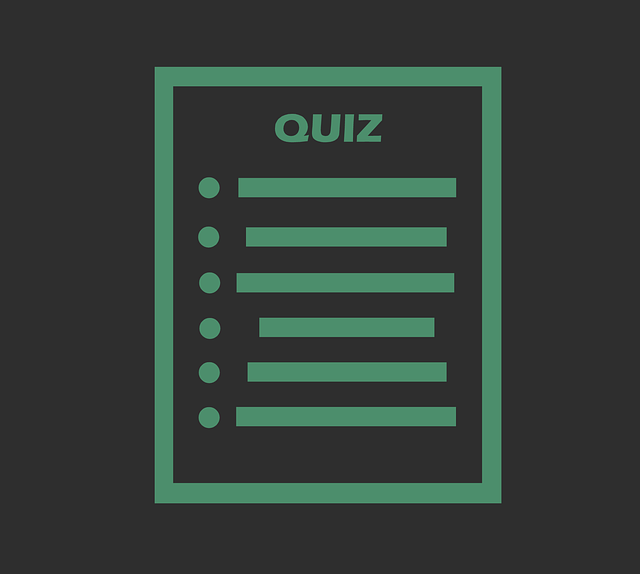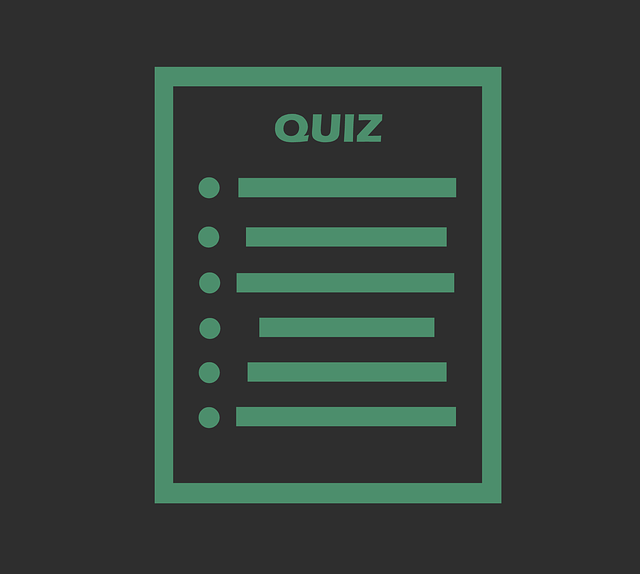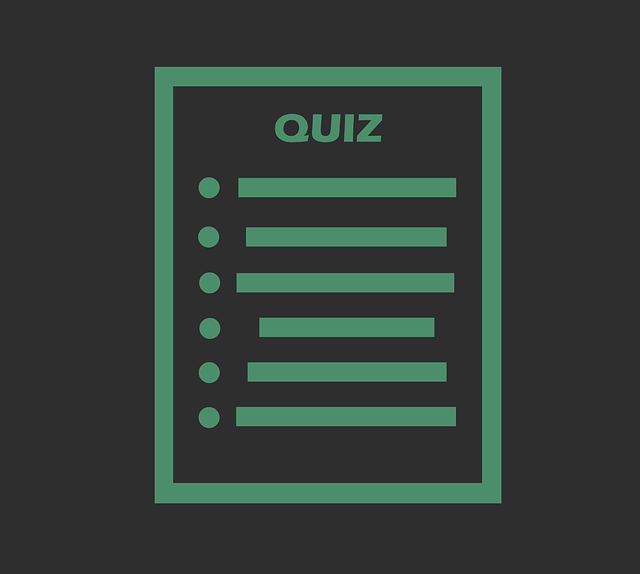In this blog you will find the correct answer of the Coursera quiz Science of Exercise Coursera Week 2 Quiz mixsaver always try to brings best blogs and best coupon codes
Week 2 Quiz
1. An isometric contraction is one in which there is:
- No change in muscle length with tension development
- A shortening of muscle with tension development
- A lengthening of muscle with tension development
- None of the above
2. What best describes a Type I muscle fiber:
- High in mitochondria, high resistance to fatigue, relies on aerobic energy production
- Low in mitochondria, low resistance to fatigue, relies on anaerobic energy production
- High in mitochondria, low resistance to fatigue, relies on aerobic energy production
- High in mitochondria, high resistance to fatigue, relies on anaerobic energy production
3. What best describes a Type IIx muscle fiber:
- High in mitochondria, high resistance to fatigue, relies on aerobic energy production
- Low in mitochondria, low resistance to fatigue, relies on anaerobic energy production
- High in mitochondria, low resistance to fatigue, relies on aerobic energy production
- High in mitochondria, high resistance to fatigue, relies on anaerobic energy production
4. Which best describes muscle fiber type recruitment during a graded-exercise test:
- Type IIx first followed by Type IIa and finally Type I
- Type IIa first followed by Type IIx and finally Type I
- Type I first followed by Type IIx and finally Type IIa
- Type I first followed by Type IIa and finally Type IIx
5. Distance athletes have the greatest percentage of:
- Type IIx muscle fibers
- Type IIa muscle fibers
- Type I muscle fibers
- An equal percentage of all 3 fiber types
6. Which is not a major role of the Respiratory System during exercise:
- Maintain arterial oxygen levels
- Eliminate carbon dioxide
- Assist with buffering of metabolic acids
- Maintain cardiac output
7. The optimal and most efficient way to increase ventilation during exercise is to:
- Increase tidal volume more than breathing frequency
- Increase breathing frequency more than tidal volume
- Increase tidal volume and breathing frequency equally
8. Which is not a major role of the Cardiovascular System during exercise:
- Shunt blood flow from viscera
- Muscle glycogenolysis
- Increase local muscle blood flow
- Increase cardiac output
9. Heart rate increases during exercise as a result of:
- An increase in parasympathetic and sympathetic nerve activity
- A decrease in parasympathetic nerve activity and an increase in sympathetic nerve activity
- A decrease in parasympathetic and sympathetic nerve activity
- A decrease in circulating epinephrine
10. What is the Fick equation:
.
.
.
11. Which is not a way to increase blood flow to active muscles:
- Increase cardiac output
- Vasodilation of blood vessels in active muscles
- Vasoconstriction of blood vessels in the viscera
- An increase in ventilation
12. Which is true regarding insulin:
- It promotes glucose uptake by both muscle and liver
- It promotes fat mobilization from adipose tissue
- It promotes glycogen breakdown in muscle
- It promotes glycogen breakdown in liver
13. Which is true regarding glucagon:
- It promotes glucose uptake by both muscle and liver
- It promotes fat synthesis in adipose tissue
- It promotes glycogen breakdown in muscle
- It promotes glycogen breakdown in liver
14. Which is not a role for epinephrine during exercise:
- Increase heart rate
- Increase stroke volume
- Increase glycogen breakdown in muscle
- Increase fat mobilization from adipose tissue
- None of the above
15. Which is true regarding exercise and the immune system:
- An intense bout of exercise will transiently enhance immune function
- An intense bout of exercise will transiently suppress immune function
- A moderate bout of exercise will transiently enhance immune function
- A moderate bout of exercise will transiently suppress immune function
Important Links:
- Science of Exercise Coursera Week 1 Quiz
- Science of Exercise Coursera Week 3 Quiz
- Science of Exercise Coursera Week 4 Quiz





